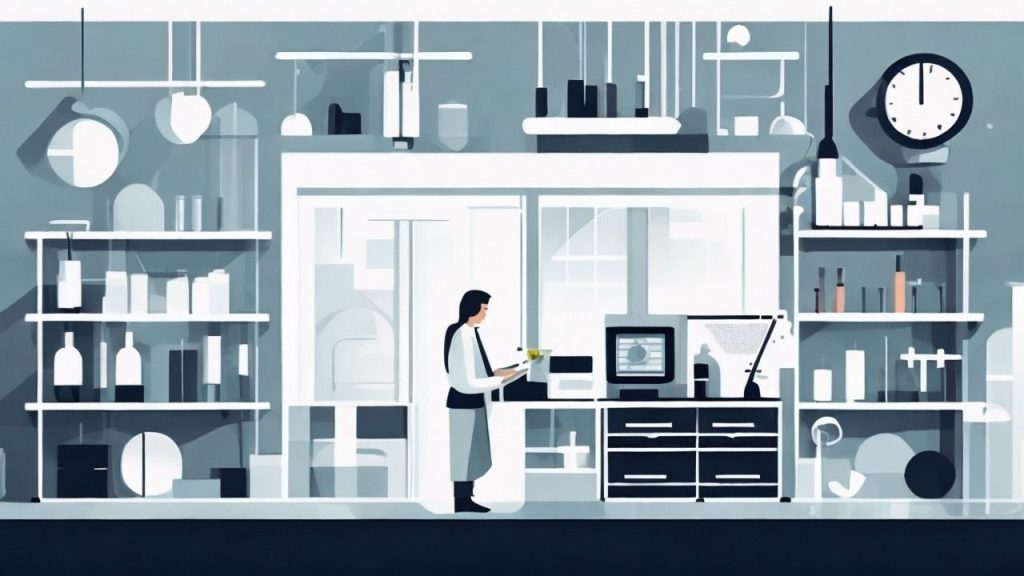Cancer-causing chemicals:external and internal causes
Cancer-causing chemicals, also known as carcinogens, pose a significant threat to public health. These substances can be found in various forms, from environmental pollutants to industrial byproducts, and even in some everyday consumer products. Research into carcinogens is crucial for understanding their impact on human health and developing strategies to mitigate their effects. By identifying the specific mechanisms through which these chemicals damage DNA and promote cancerous growth, scientists can work towards creating more effective prevention and treatment methods. Furthermore, ongoing studies are essential for updating safety regulations and educating the public on ways to minimize exposure to these harmful agents.
In the past 30 years, great progress has been made in the study of the cancer-causing chemicals.
However, some studies are only data from epidemiological studies or laboratory animals, so they are called risk factor studies. Generally speaking, the main causes of cancer are external and internal causes. External causes refer to carcinogenic factors in the surrounding environment, such as chemical factors, biological factors and physical factors; The internal causes include the weakening of autoimmune function, the disorder of endocrine hormones, metabolic abnormalities in some aspects of the body and genetic factors.

In 2003, the World Health Organization published ten major carcinogenic factors, namely smoking, excessive alcohol consumption, occupational exposure, environmental pollution, food pollution, drugs, chronic infection, diet and nutrition, immunosuppression, reproductive factors and hormones.
Cancer-causing chemicals:common carcinogenic compounds
Common Cancer-causing chemicals, such as polycyclic aromatic compounds, include 3,4-benzopyrene, 1,2-benzoanthracene, methylcholanthrene, benzene, etc. Chemical carcinogens include azo dyes, inorganic arsenic, asbestos, etc. In 1775, it was first reported that child labourers cleaning cigarette girls caused scrotal skin cancer due to long-term stimulation of scrotum by cigarette ash. In 1919, someone smeared rabbit ears with coal tar, and skin cancer of rabbit ears was induced after a considerable period of time.

In 1930, someone successfully extracted the carcinogen 3,4-benzopyrene from coal tar, which can cause skin cancer, sarcoma, etc. The soot produced by burning coal contains benzopyrene and other carcinogens. In 1934, Chinese scholar lvfuhua studied in Germany and found that tobacco tar can cause cancer. In heavy industrial areas and places with frequent traffic, the content of benzopyrene in the air often exceeds environmental health standards; Because the combustion of coal, oil, coal tar, asphalt, garbage, etc., all kinds of steam locomotives, internal combustion engines, motor vehicles produce benzopyrene and other harmful substances when working.
The content of benzopyrene in the air in the kitchen is several times higher than that in ordinary rooms due to the burning of fuel in the kitchen and the frying lampblack during cooking. A small amount of carcinogens are also produced in the fried food due to high temperature. Fumigated fire baked food not only scorched some food, but also attached many carcinogenic smoke particles to the food surface. The content of benzopyrene in fire baked food was 10 to 20 times higher than that of ordinary food. Air pollution can cause respiratory cancer, and food pollution may be related to the occurrence of digestive cancer; Banned amines in azo dyes can cause human bladder cancer.
Cancer-causing chemicals:Nitroso compounds and their precursors
Nitroso compounds are often represented by nitrosamines, which are a class of strong carcinogens. They can induce cancer in lower and higher animals such as fish, frogs, mice, rats, rabbits, dogs, pigs, monkeys, humans and so on. Nitrosamines are mainly used as solvents, lubricants and gasoline additives in industry, and pesticides in agriculture. It exists in tobacco smoke, poorly preserved cereals and poor quality wine, as well as in meat, fish, poultry and other foods pickled with salt and nitrite.

Generally speaking, the amount of nitrosamines in nature is very small, but the precursors (raw materials) of nitrosamines synthesis, nitrite and secondary amines, exist widely in nature. If these raw materials enter the body through diet, they can synthesize carcinogenic nitrosamines in the body under appropriate conditions. Researchers detected nitrosamines in some samples of aged grain (grain stored for several years), pickled vegetables, moldy food, crude fish sauce, dried potatoes, dried radish chips, dried salted fish and other samples in the high incidence area of cancer.
The content of nitrite in well water and other drinking water in a high cancer incidence area is too high, and several different nitrosamines have also been detected in the gastric juice of some residents. According to foreign reports, 30% of the 300 samples of sausage, cheese and beer in the market of a European country contained nitrosamines. Nitrite is often added to pickled meat as a preservative in China, which can be combined with the amine in meat to produce the carcinogen nitrosamine. According to existing research, the occurrence of esophageal cancer and gastric cancer in Chinese residents is related to eating food contaminated with nitrosamines.
Nitrite widely exists in the natural environment, and it enters the human body with grains, vegetables, fish, eggs and milk every day. However, the vast majority of nitrite is excreted in the body like a “passer-by” with urine, and is only converted into nitrosamines under specific conditions. The so-called specific conditions include pH, microorganism and temperature.
Under normal conditions, nitrite in the diet will not cause harm to human health. Only when excessive intake of nitrite and lack of vitamin C in the body can it cause harm to human health. In addition, long-term consumption of foods with high nitrite content or direct intake of foods containing nitrosamines may induce cancer.

